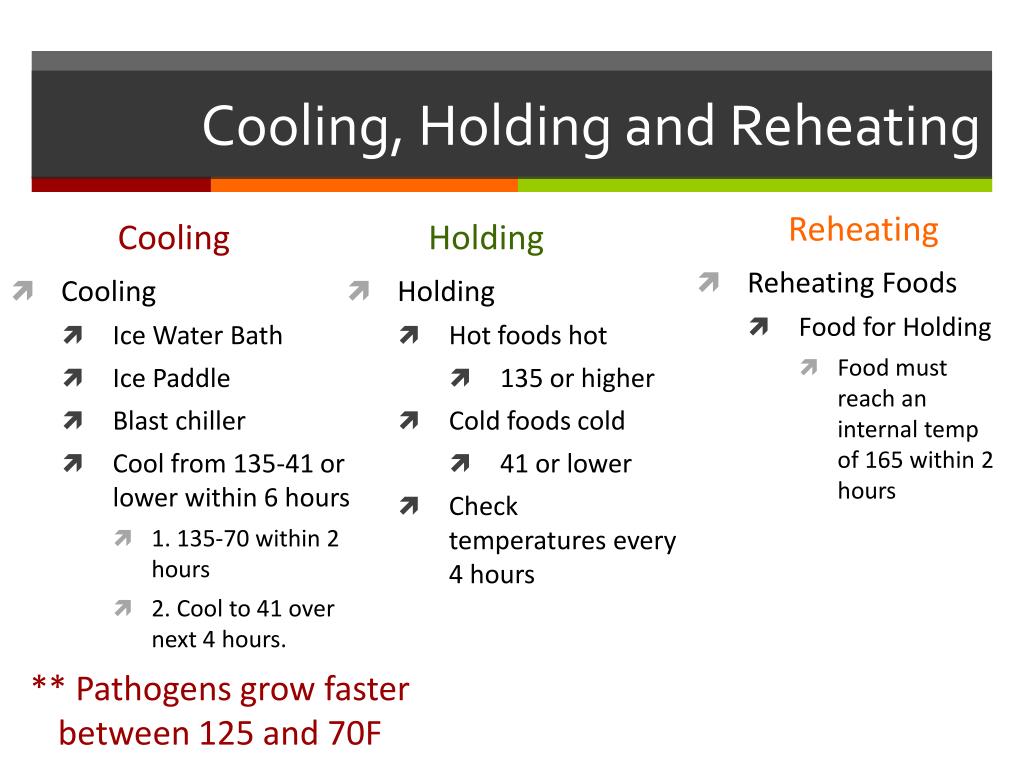Are you tired of eating stale leftovers or struggling to reheat your frozen meals properly? Look no further! food In this article, we will unveil the art of food reheating, ensuring that you can revive and savor your favorite dishes as if they were freshly made. Whether you’re a busy professional, a student on the go, or simply someone who loves to cook but hates waste, mastering the art of food reheating is a skill worth honing. Join us as we delve into the world of culinary techniques, scrumptious recipes, and practical tips to elevate your food reheating game to the next level.
Picture this: you come home after a long day, craving that delicious pasta dish you made yesterday. But as you take it out of the refrigerator, you’re struck with the disappointment of realizing that reheating can often dampen the flavors and textures. Fret not! With our expert guidance, you’ll discover how to reheat your leftovers or frozen meals without sacrificing taste or nutritional value. Our goal is to empower you with the knowledge and skills needed to elevate your food reheating techniques, ensuring that every bite is just as delectable as the first. So let’s dive in and discover the secrets behind mastering the art of food reheating!
Benefits of Properly Reheating Food
Reheating food not only saves time and effort but also provides numerous benefits for both individuals and families. By following proper reheating techniques, you can enjoy delicious meals while minimizing the risk of foodborne illnesses.
-
Preserves Nutritional Value: Properly reheating food helps retain its nutritional value. Many nutrients are sensitive to heat and can be lost during the heating process. By reheating food at the correct temperature and for the appropriate duration, you can minimize nutrient loss and ensure that your meals remain as healthy as possible.
-
Enhances Taste and Texture: Reheating food properly can bring back its original flavors and textures, allowing you to savor your favorite dishes again. Whether it’s a hearty casserole or a delectable soup, following recommended reheating methods will help you enjoy the foods’ original taste and textures, providing a satisfying dining experience.
-
Reduces Food Waste: Reheating food is an excellent way to reduce food waste. Instead of discarding leftovers, properly reheating and consuming them allows you to make the most of the food you’ve already prepared. This not only helps reduce your environmental footprint but also saves money by maximizing the use of ingredients and minimizing food waste.
Reheating food properly is crucial for maintaining its quality and safety. By understanding the benefits of reheating and adopting proper techniques, you can experience the joy of enjoying delicious, nutritious meals while minimizing food waste. So let’s dive into the world of food reheating and unlock the secrets to revive and savor meals with utmost satisfaction.
Guidelines for Reheating Refrigerated Food
-
Check for Proper Storage
Before reheating refrigerated food, it is essential to ensure that it has been stored correctly. Make sure the food is stored in airtight containers or wrapped tightly with plastic wrap. This will help prevent bacteria growth and maintain the freshness of the food. -
Choose the Appropriate Method
When it comes to reheating refrigerated food, there are various methods you can choose from. The method you select will depend on the type of food you are reheating and your desired outcome. Common reheating methods include using the oven, stovetop, microwave, or even steaming. Consider the characteristics of the food and the best method that will retain its texture, taste, and nutritional value. -
Reheat Thoroughly and Safely

To ensure the safety of reheated refrigerated food, it is crucial to heat it thoroughly. Follow the recommended heating time and temperature guidelines for the specific type of food you are reheating. Use a food thermometer to check the internal temperature of the food, ensuring it reaches a safe level to kill any potential bacteria. Stir or rotate the food intermittently to promote even reheating.
Remember, proper reheating techniques not only enhance the flavor and texture of your food but also ensure that it is safe to consume. By following these guidelines, you can master the art of food reheating and enjoy delicious meals without compromising on quality.
Tips for Reheating Frozen Food
-
Use the Proper Containers: When reheating frozen food, it’s important to choose the right containers. Opt for microwave-safe glass or ceramic dishes, as they distribute heat more evenly than plastic containers. Avoid using metal containers, as they can cause sparks or damage to your microwave.
-
Thaw Before Reheating: To ensure even reheating, it’s best to thaw frozen food before reheating it. You can do this by transferring the food from the freezer to the refrigerator and allowing it to thaw overnight. Thawing food in the refrigerator not only promotes safe reheating but also helps preserve the food’s texture and taste.
-
Adjust Reheating Time and Temperature: Different foods require different reheating times and temperatures to achieve optimal results. It’s essential to adjust the settings accordingly. For example, delicate foods like soups or sauces may need to be reheated on medium or low power to prevent overheating and maintain their consistency. On the other hand, denser foods like casseroles or meats may require higher temperatures and longer cooking times to ensure they are heated through.
Remember, properly reheating frozen food not only ensures its safety but also helps retain its flavor and texture. By following these tips, you can enjoy a delicious meal without compromising on taste or convenience.




